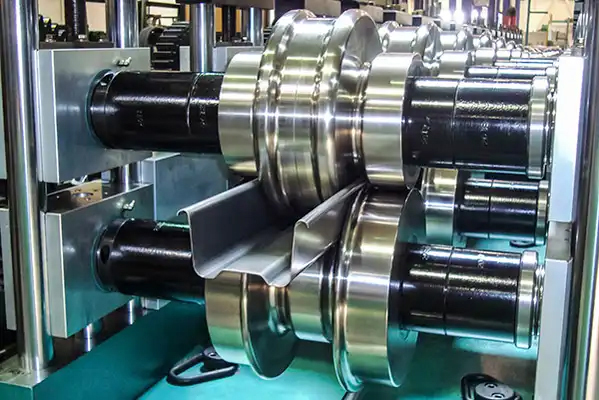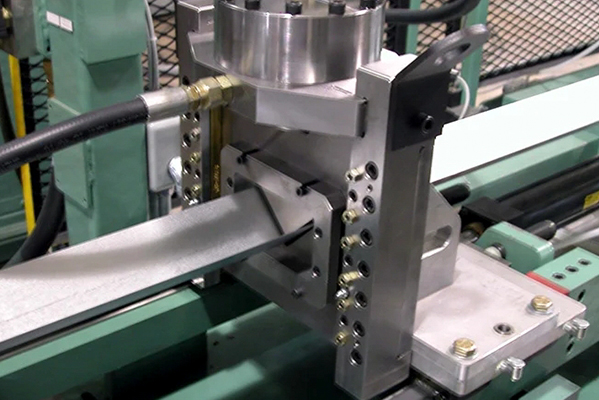Navigation Menu
Contact Us
- Email:
- info@wxavatar.com
- Address:
- Yurong Village, Yuqi Street, Huishan District, Wuxi, China.
Release Date:Feb 26, 2025 Visit:62 Source:Roll Forming Machine Factory
When it comes to manufacturing processes, the terms "molding" and "forming" are often used interchangeably, but they refer to distinct techniques with unique applications and outcomes. Understanding the difference between molding and forming is crucial for selecting the right method for a specific production need. Both processes are essential in shaping materials into desired forms, but they operate on different principles and are suited for different types of materials and products.

Forming: A Versatile Approach to Shaping Materials
Forming is a manufacturing process that involves shaping solid materials, typically metals, plastics, or composites, by applying force without removing any material. This process can be achieved through various techniques such as bending, stretching, or compressing. Forming is highly versatile and can be used to create a wide range of products, from simple sheet metal components to complex automotive parts.
One of the key advantages of forming is its ability to produce strong, durable parts with excellent mechanical properties. Since the material is not cut or removed, the structural integrity of the part is maintained, making it ideal for applications where strength and durability are critical. Additionally, forming can be done at room temperature (cold forming) or at elevated temperatures (hot forming), depending on the material and the desired outcome.
Molding: Precision and Complexity in Shaping
Molding, on the other hand, is a process that involves shaping a material by pouring or injecting it into a mold. This method is commonly used with materials like plastics, glass, and metals in their molten or liquid state. The material is then allowed to cool and solidify, taking the shape of the mold. Molding is particularly well-suited for producing complex shapes with high precision and repeatability.
There are several types of molding processes, including injection molding, blow molding, and compression molding, each with its own set of advantages and applications. Injection molding, for example, is widely used in the production of plastic parts, from small components like bottle caps to larger items like automotive dashboards. The ability to produce intricate designs and fine details makes molding an indispensable process in industries where precision is paramount.
Key Differences Between Forming and Molding
While both forming and molding are used to shape materials, they differ significantly in their approach and application. Forming typically involves the deformation of solid materials through mechanical force, whereas molding relies on the use of a mold to shape materials in a liquid or semi-liquid state. This fundamental difference means that forming is generally more suited for creating parts with uniform thickness and simple geometries, while molding excels in producing complex, detailed shapes.
Another important distinction is the type of materials each process can handle. Forming is often used with metals and certain types of plastics, while molding is more commonly associated with thermoplastics, thermosetting polymers, and some metals. Additionally, forming processes are usually faster and more cost-effective for large-scale production, whereas molding can be more expensive due to the need for precise molds and longer cycle times.

Conclusion: Choosing the Right Process for Your Needs
In summary, both forming and molding are essential techniques in the manufacturing world, each with its own strengths and limitations. Forming is a versatile and efficient method for shaping solid materials, making it ideal for applications where strength and durability are key. Molding, on the other hand, offers unparalleled precision and complexity, making it the go-to process for producing intricate and detailed parts.
When deciding between forming and molding, it's important to consider the specific requirements of your project, including the material, desired shape, and production volume. By understanding the differences between these two processes, you can make an informed decision that ensures the best possible outcome for your manufacturing needs. Whether you choose forming or molding, both techniques offer unique advantages that can help bring your designs to life.